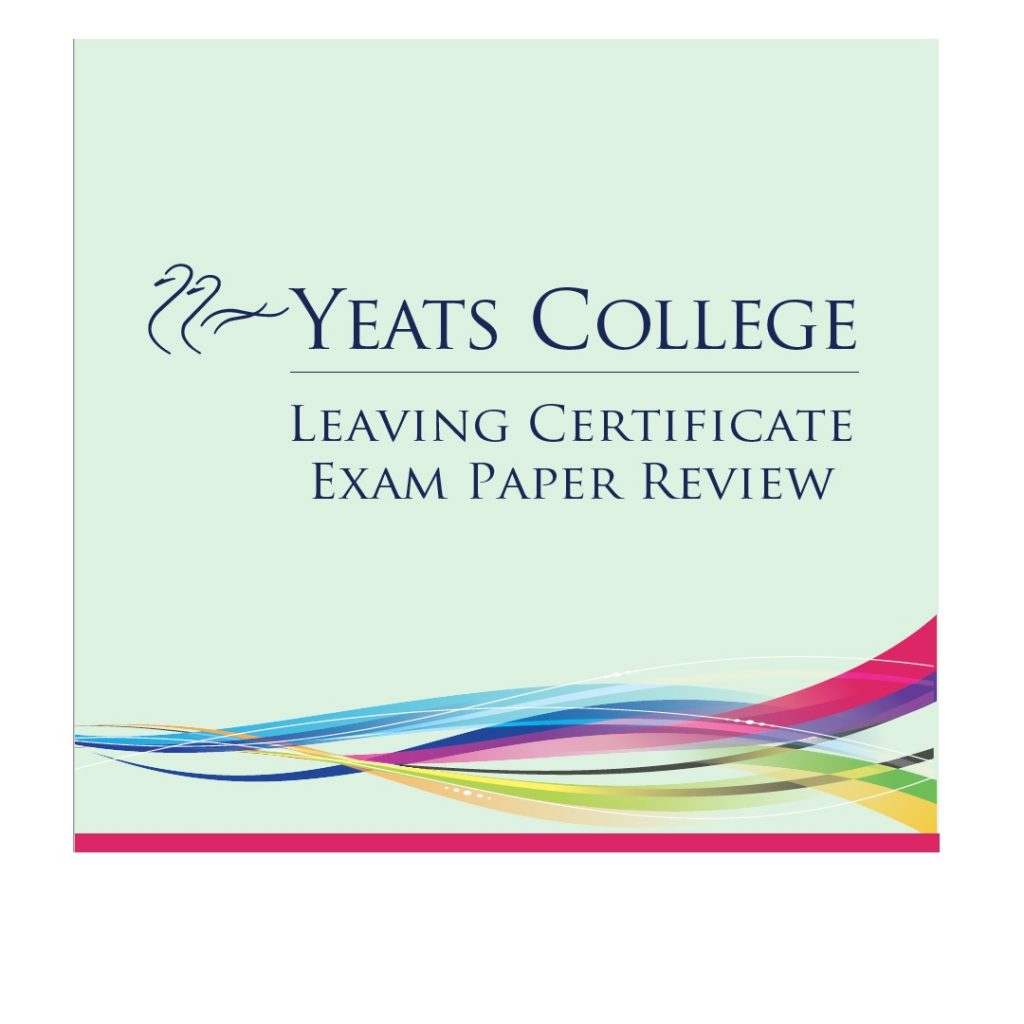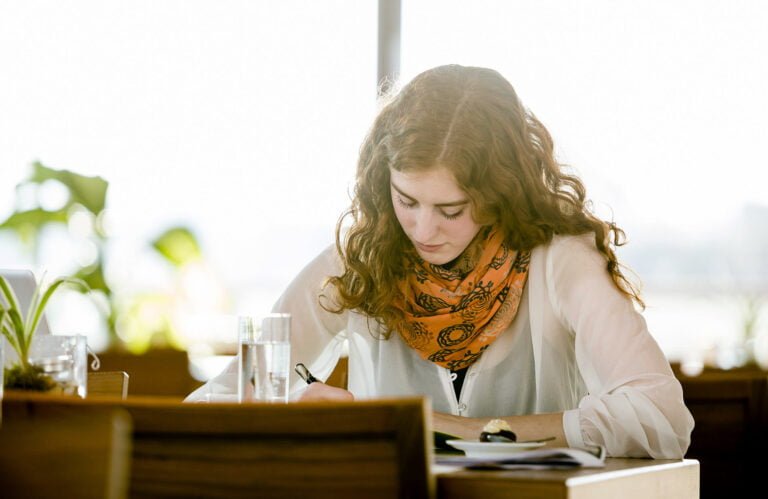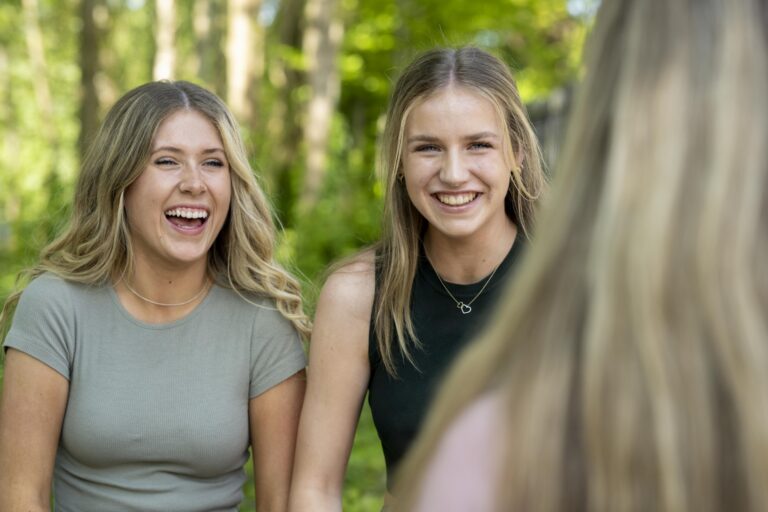by Orla Forde-Wilson
The paper this year was straightforward in its approach and gave our students the best possible chance to showcase their abilities.
Section 1: Art in Ireland. Students were given a choice of two questions, one focused on the Stone age where they were asked to discuss the development of the design of stone monuments. This allowed for a detailed discussion of Dolmen monuments and Newgrange. They could then further explore the motifs and stone working techniques that were used to decorate stone-age monuments. The second question was based around the Bronze age (pre-Christian Ireland). Students were given two images of artefacts to describe and place in context. Focusing strongly on artefacts meant that students had a good opportunity to explain the objects in some depth.
Both questions gave students an excellent opportunity to demonstrate the knowledge and understanding they have of those periods.
Section 2: European art. The widely anticipated Romanesque question was certainly student-friendly. They would have been pleased to see its straightforward structure which concentrated on the use of sculpture in the Romanesque period in validating the religious beliefs of pilgrims.
Students were also asked to describe and discuss the main features of Romanesque architecture.
Section 3: Appreciation of art. The paper, as in past years, featured a ‘Gallery visit’ question. Again, it had a straightforward structure that encouraged students to discuss their own experience of visiting an exhibition space (even if this year it was a virtual event). They had to discuss two named artefacts with reference to a named gallery, museum or interpretative centre they had visited.
Students were also asked to discuss how a school exhibition open night could create an online visitor experience where an in-person experience was not possible.
The format of the examination paper this year allowed for two rather than three questions to be answered by students. This reduced the stresses for students allowing them more time to develop their answers and sketch-work.
All topics have been seen in previous years and would not have presented any significant problems to the majority of students.





